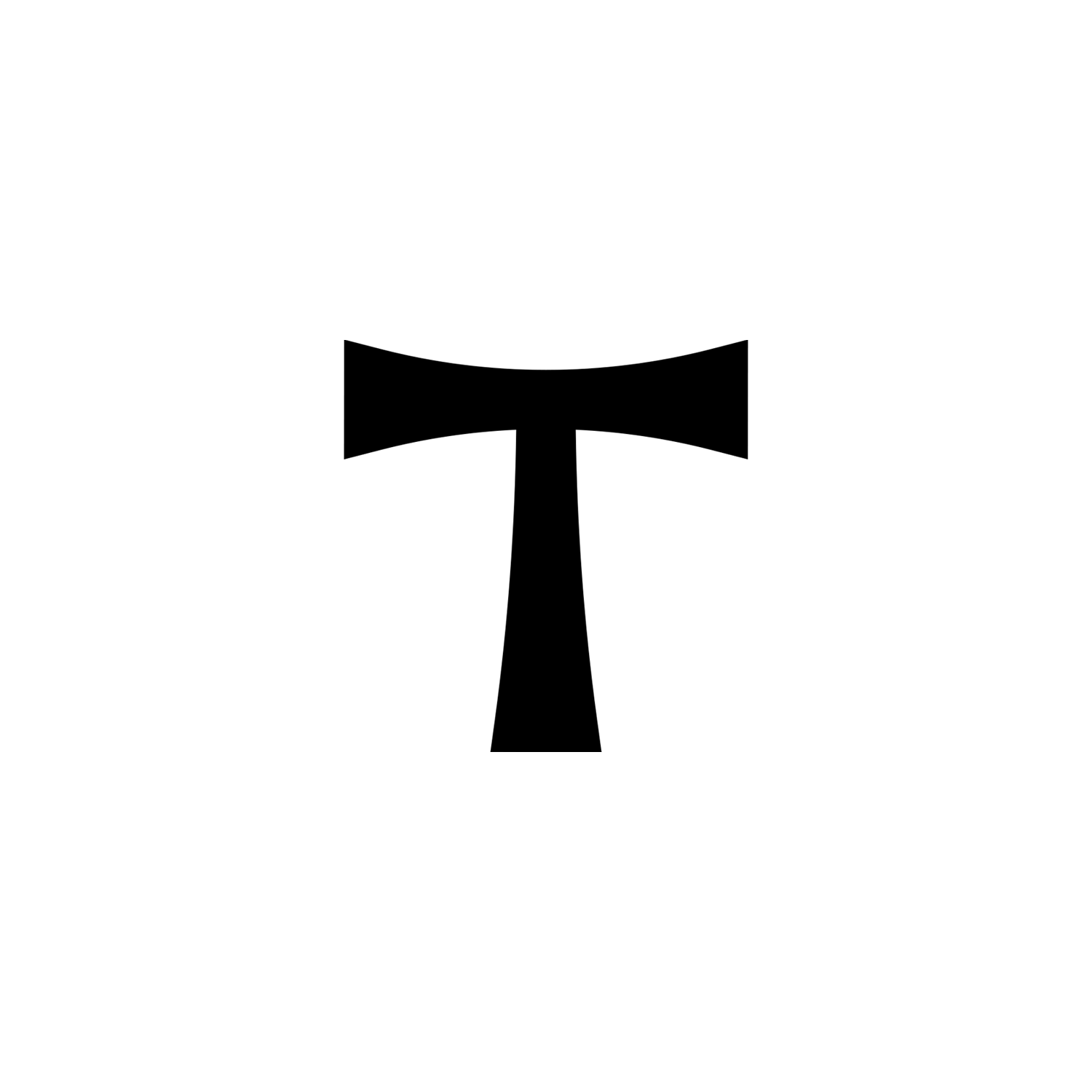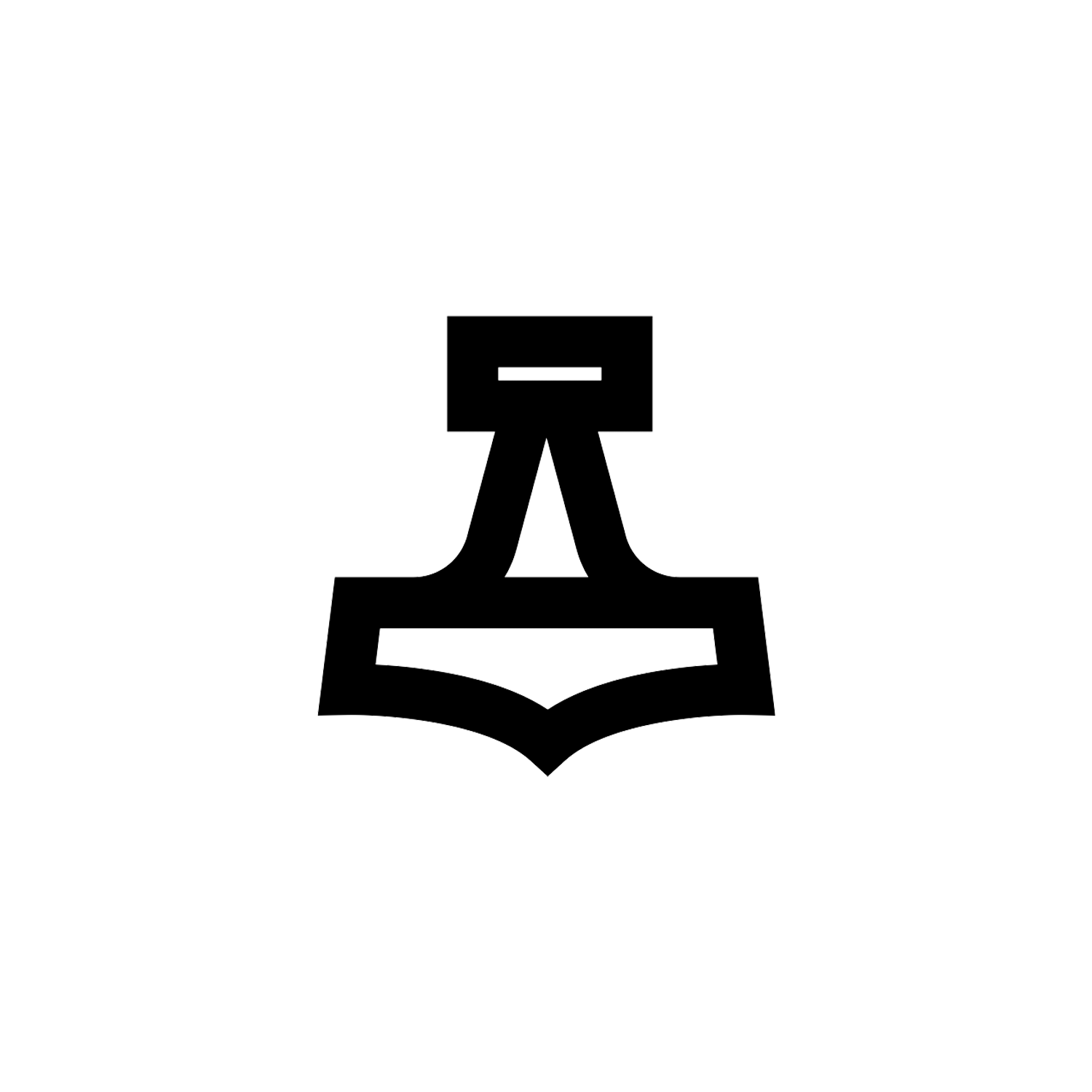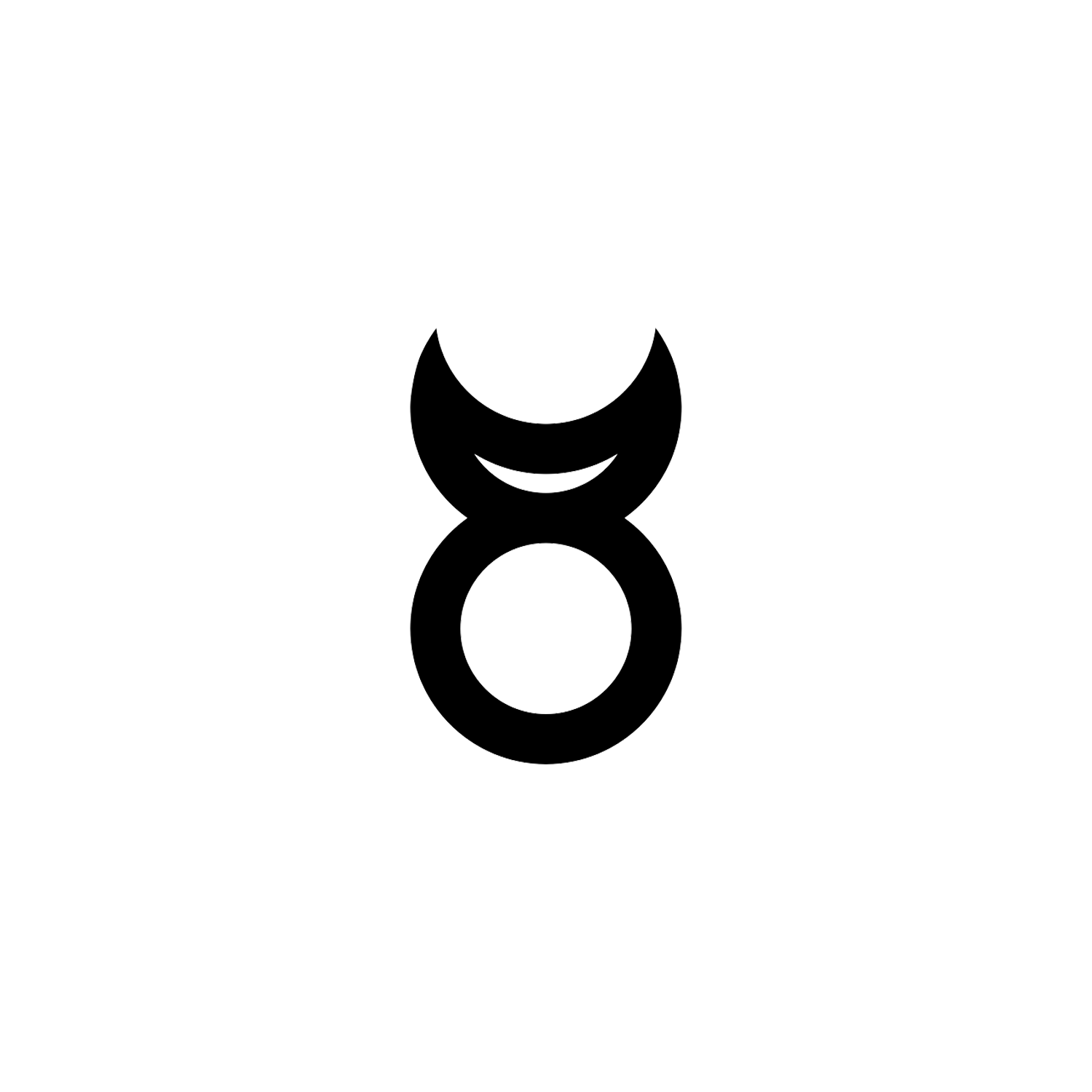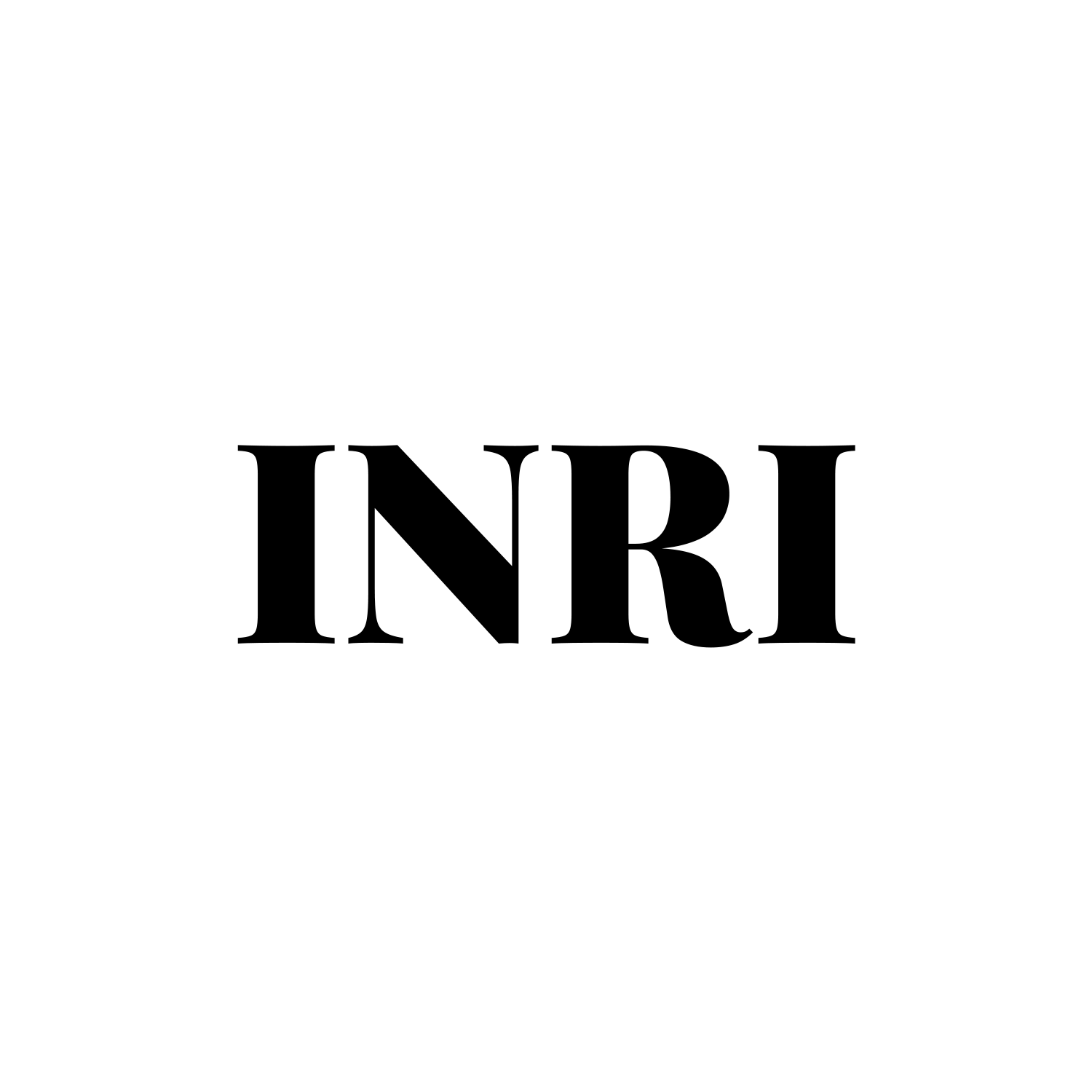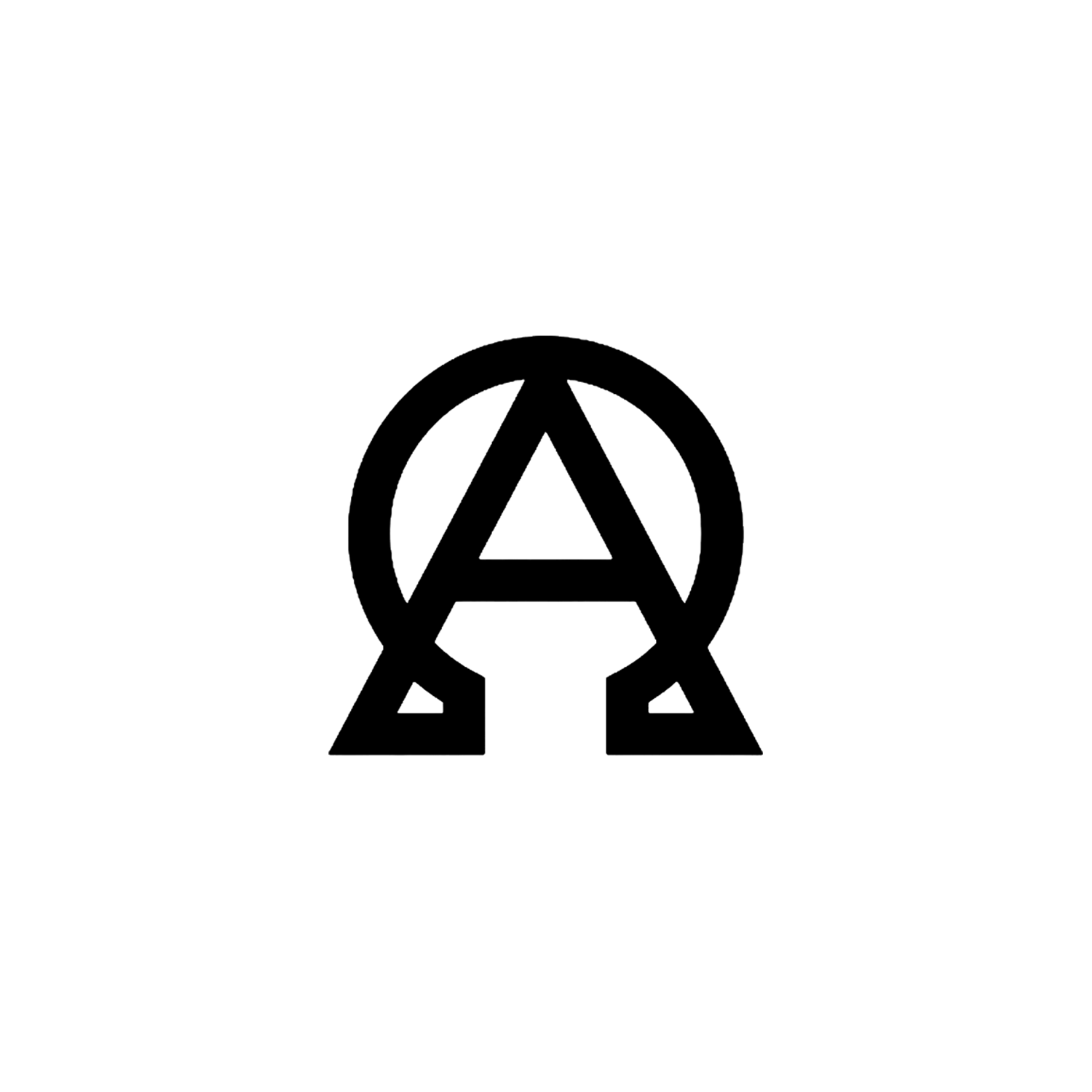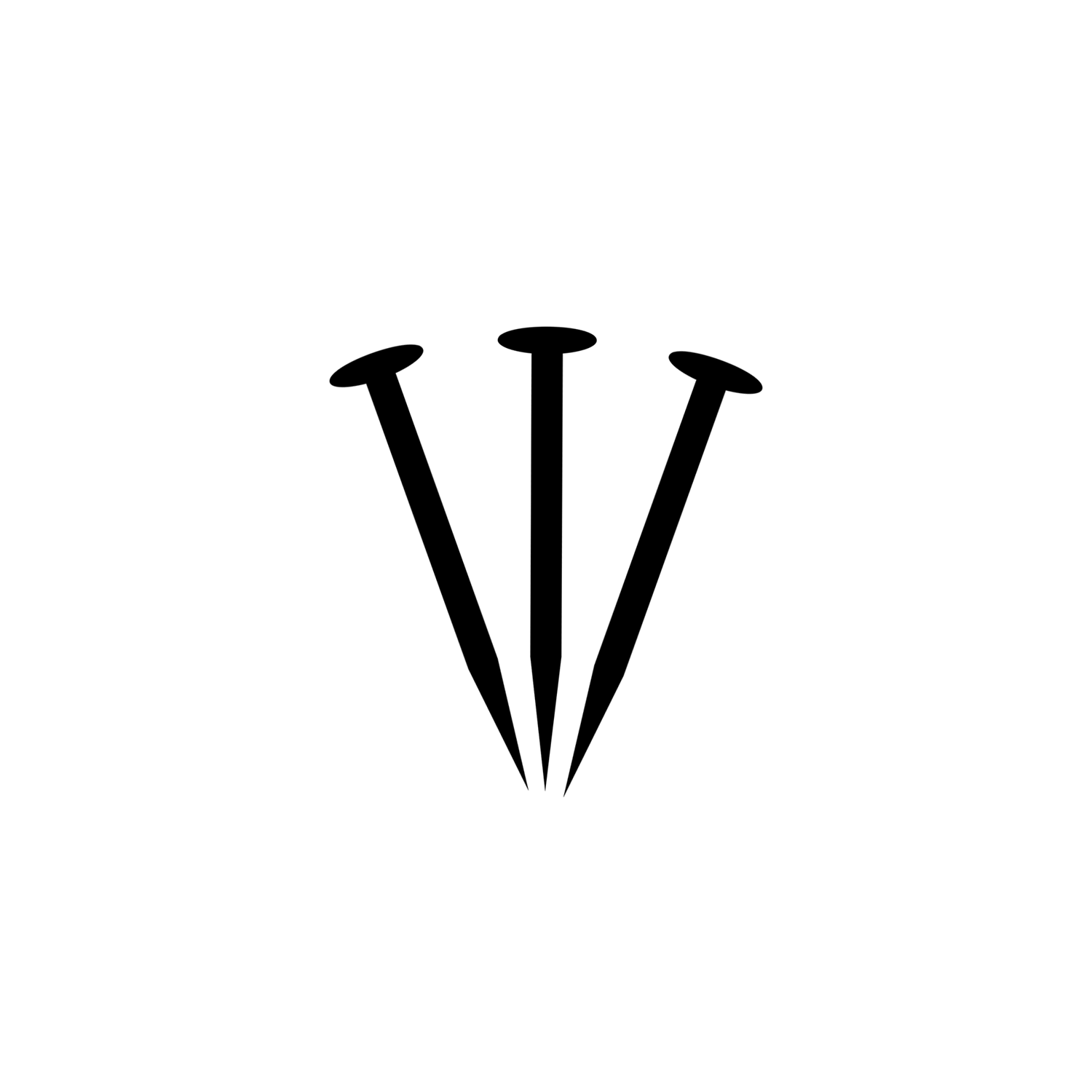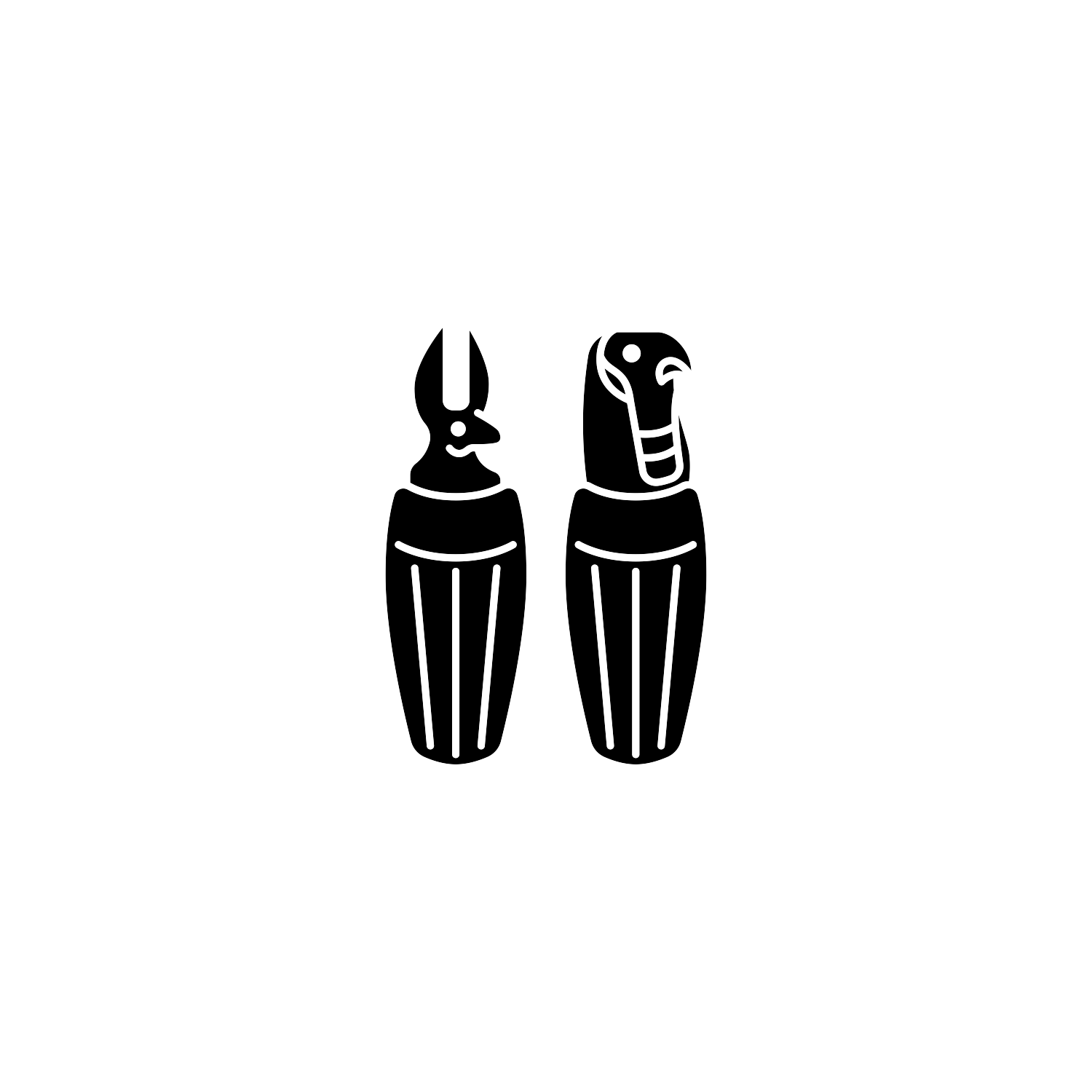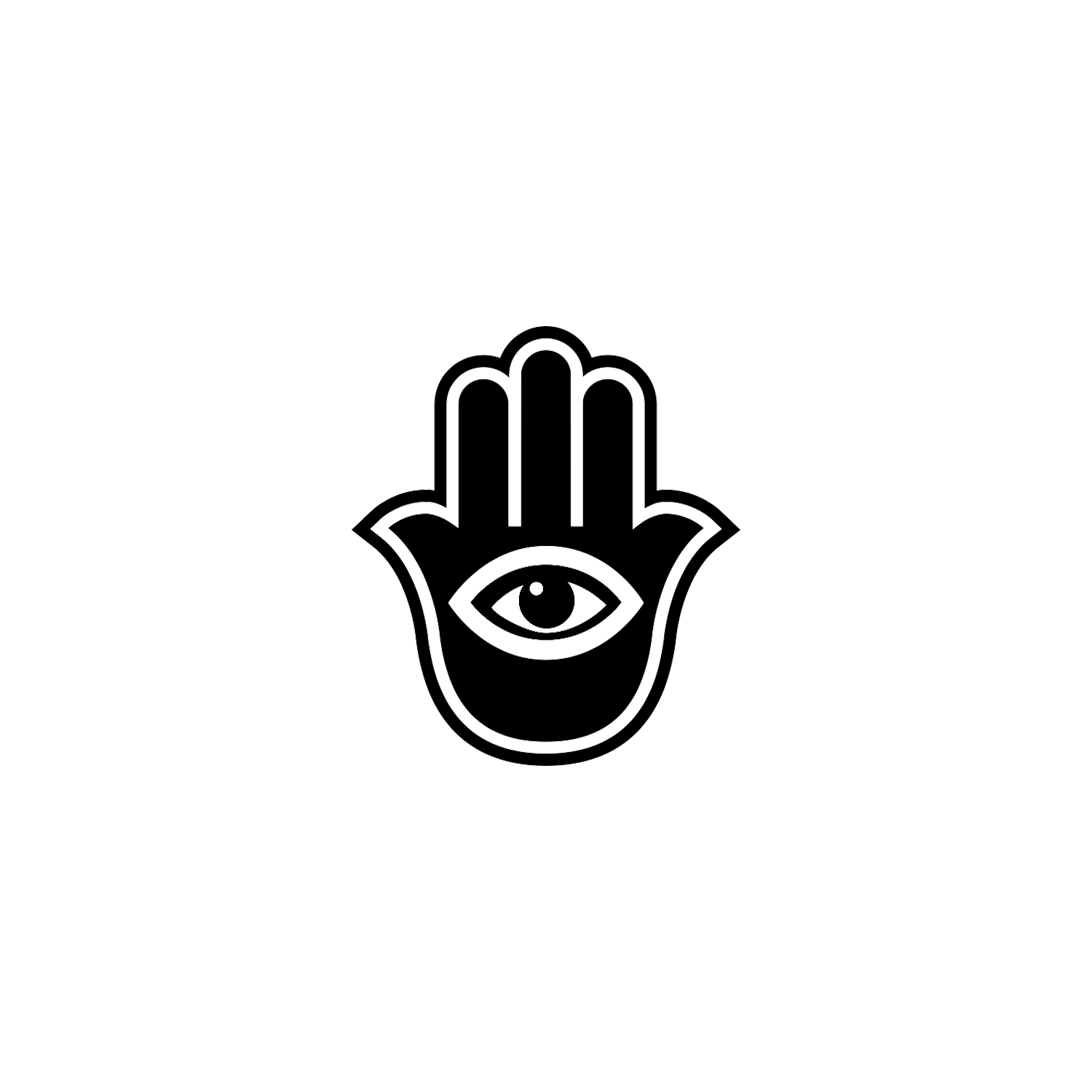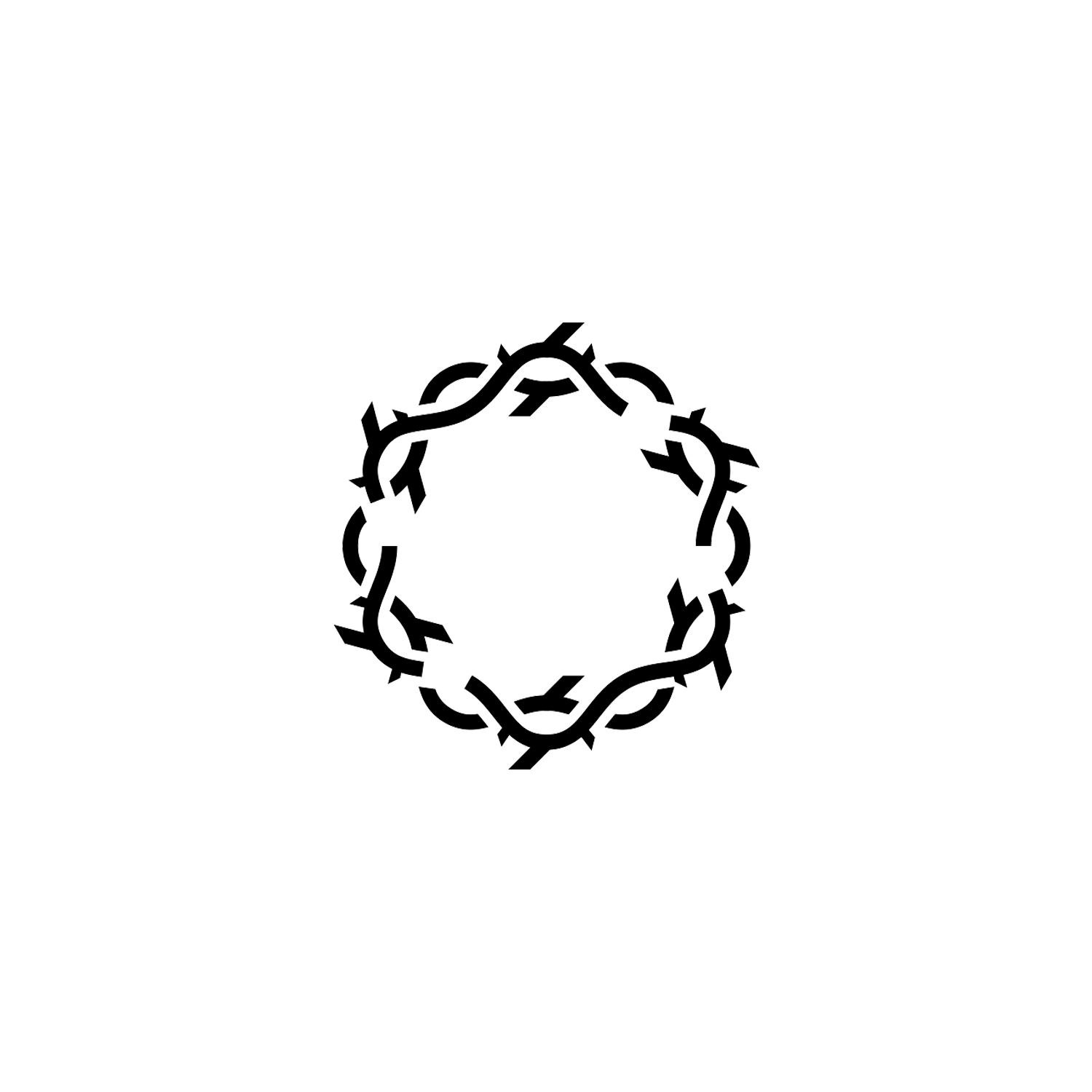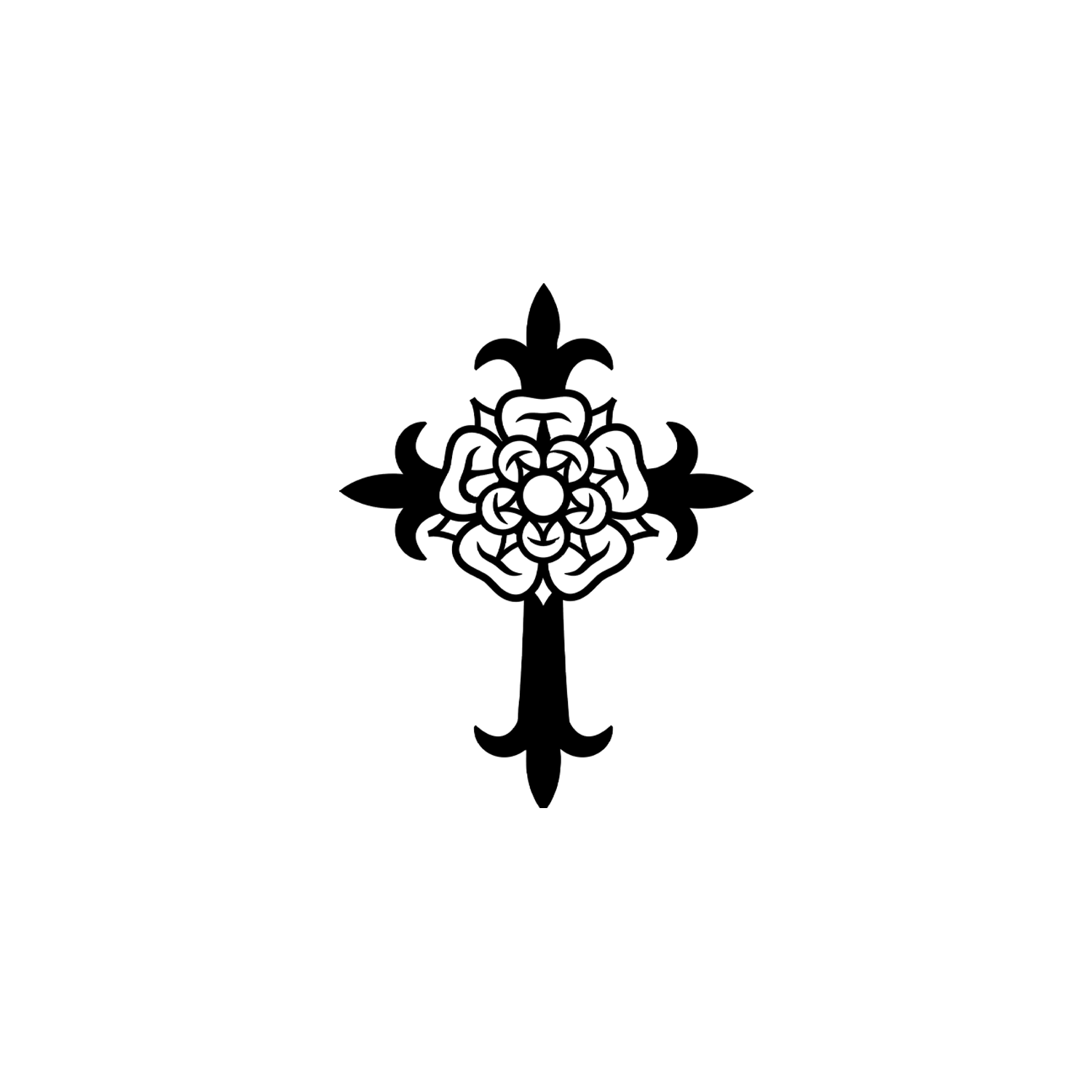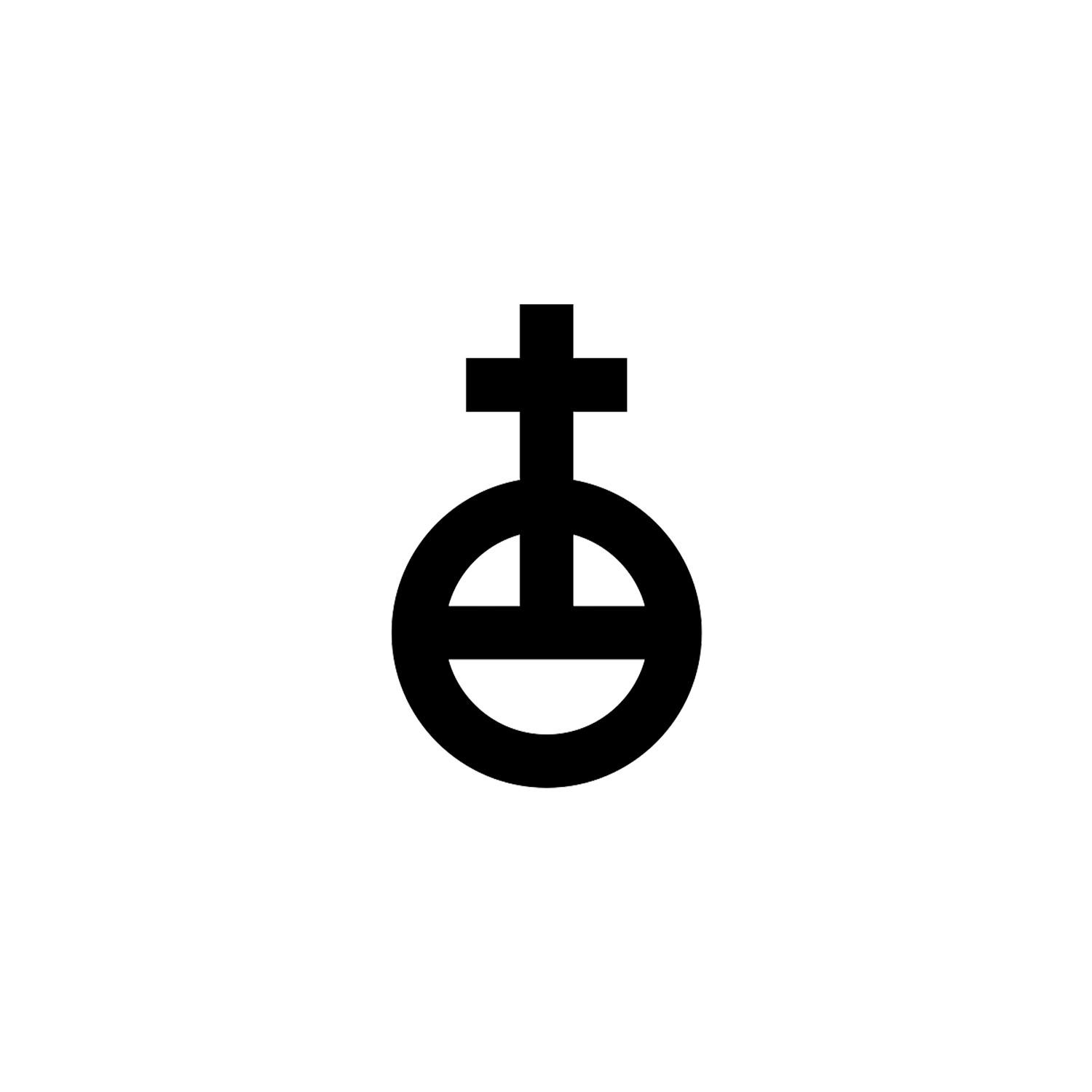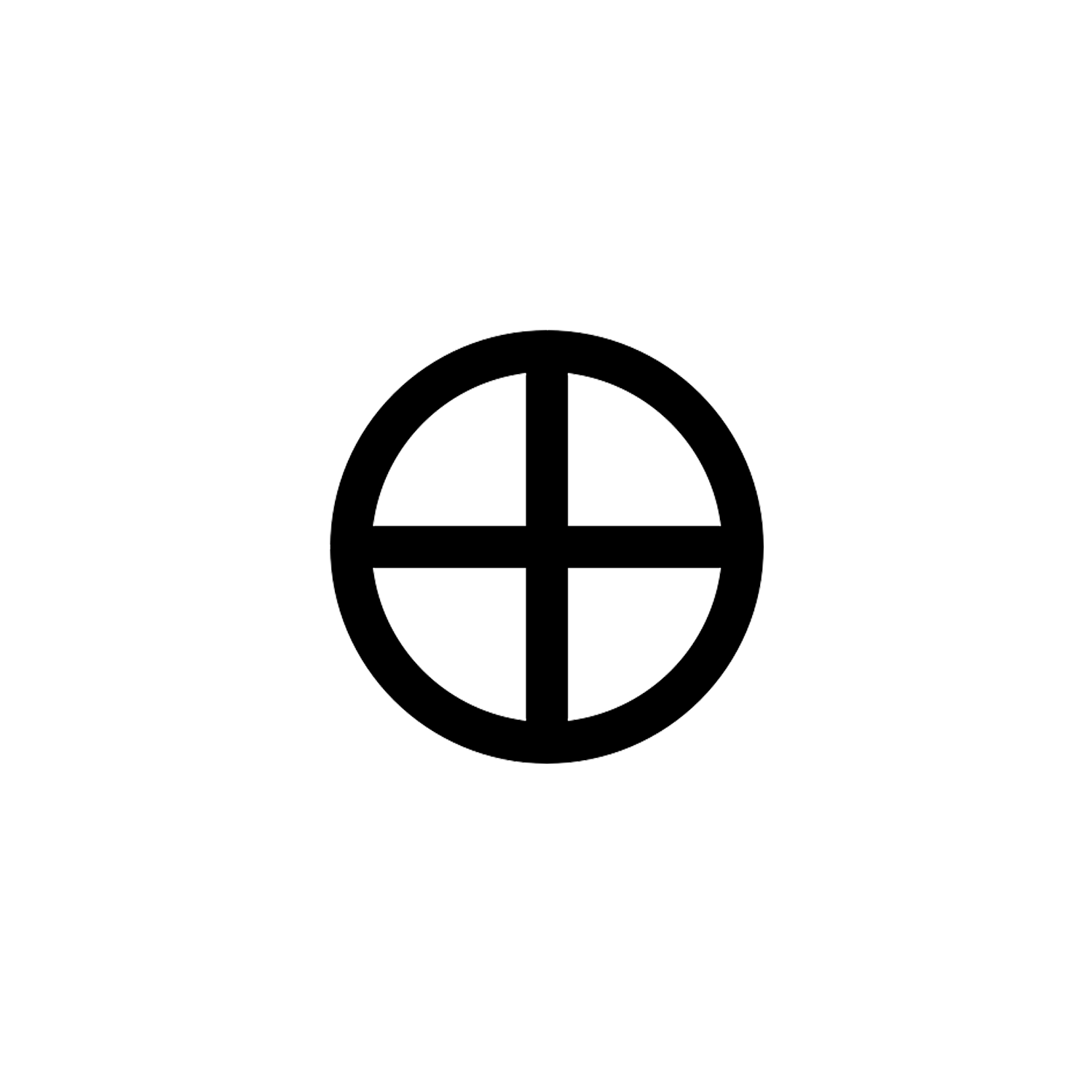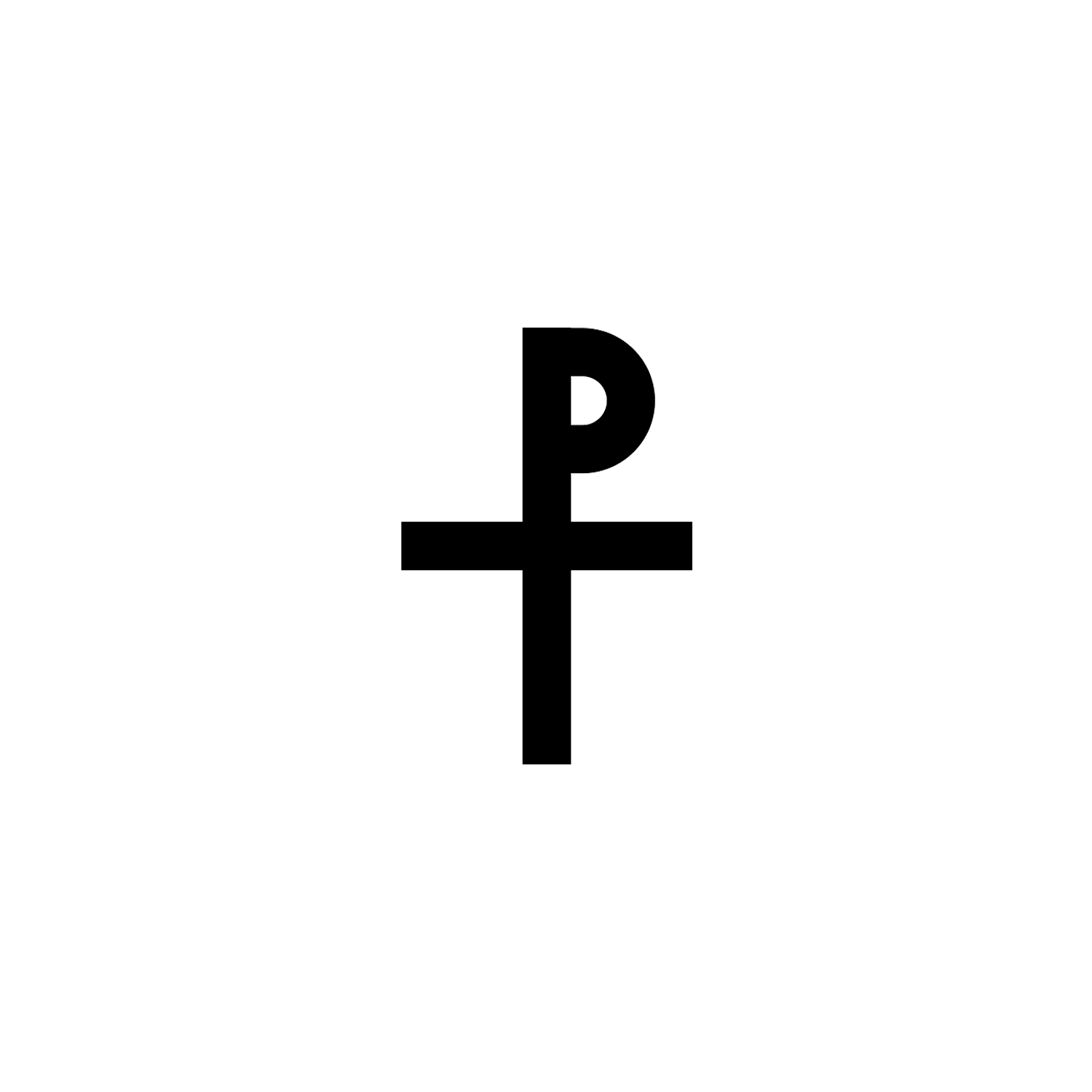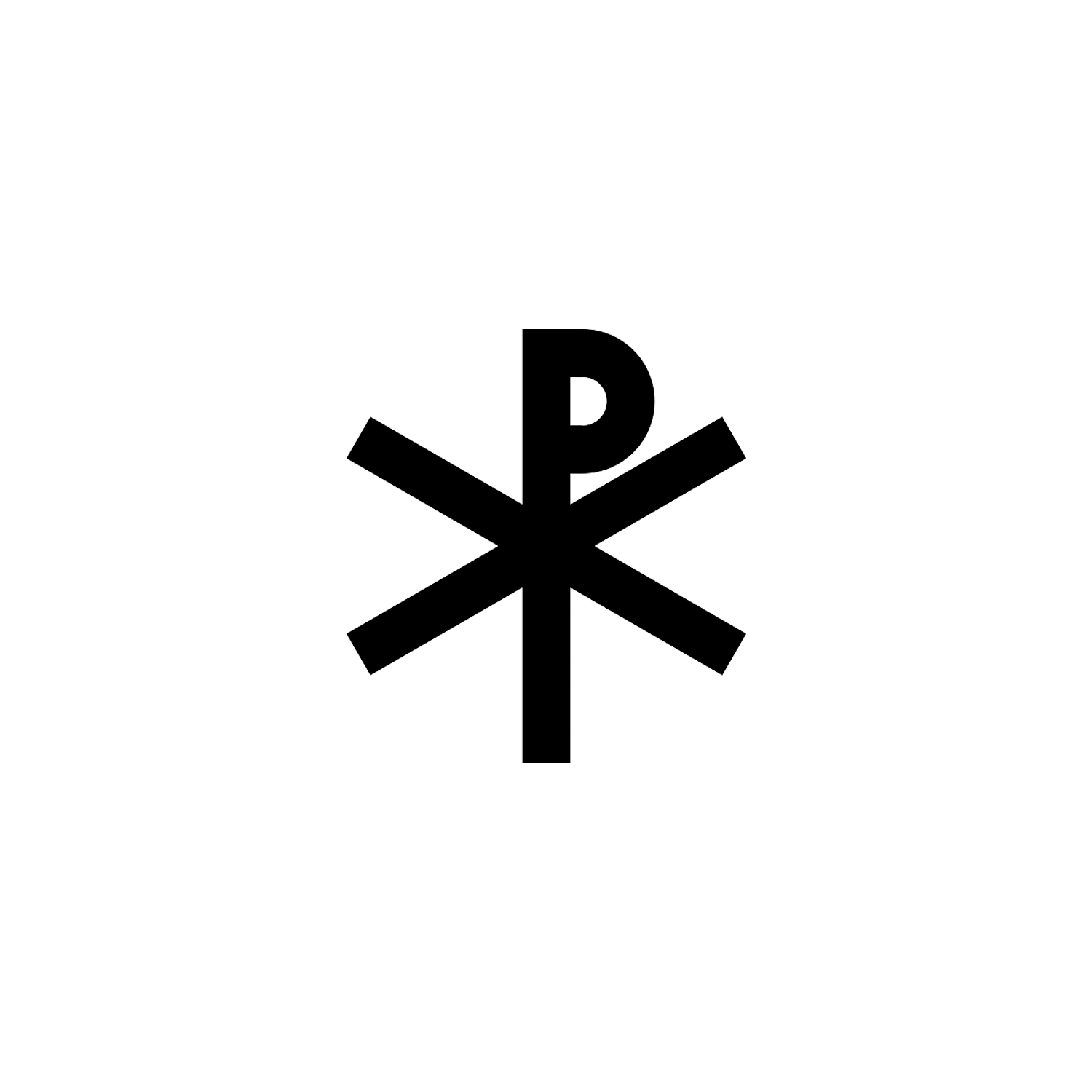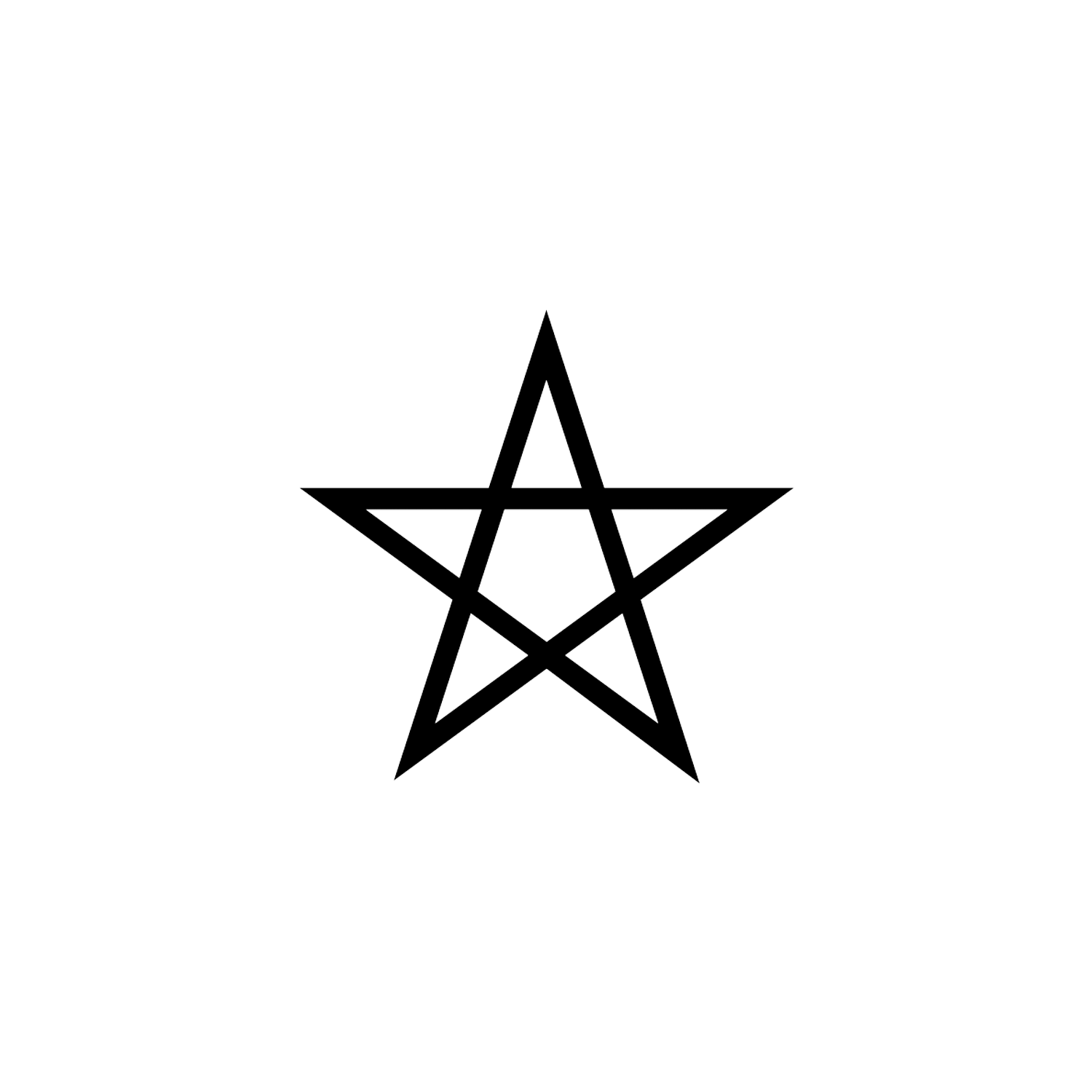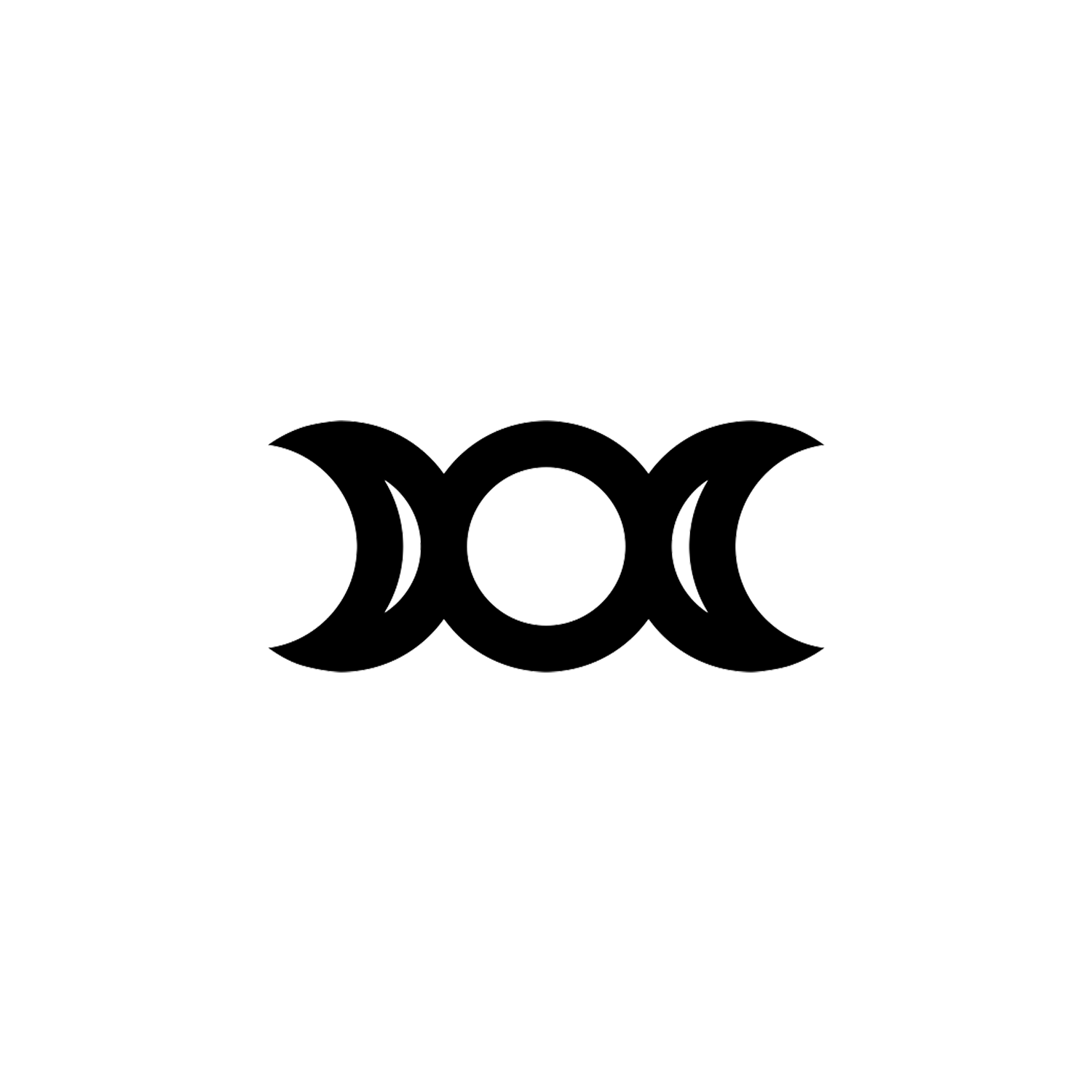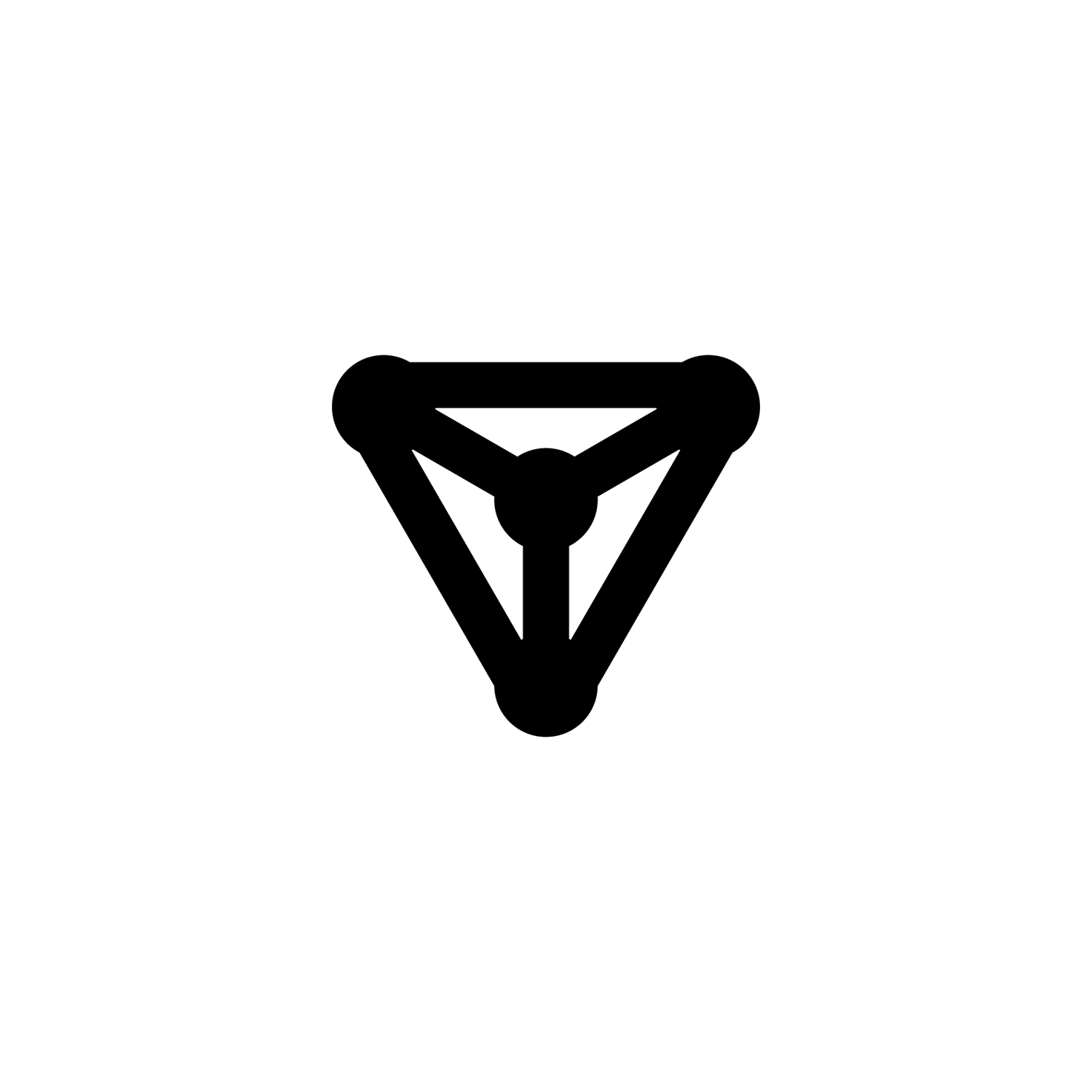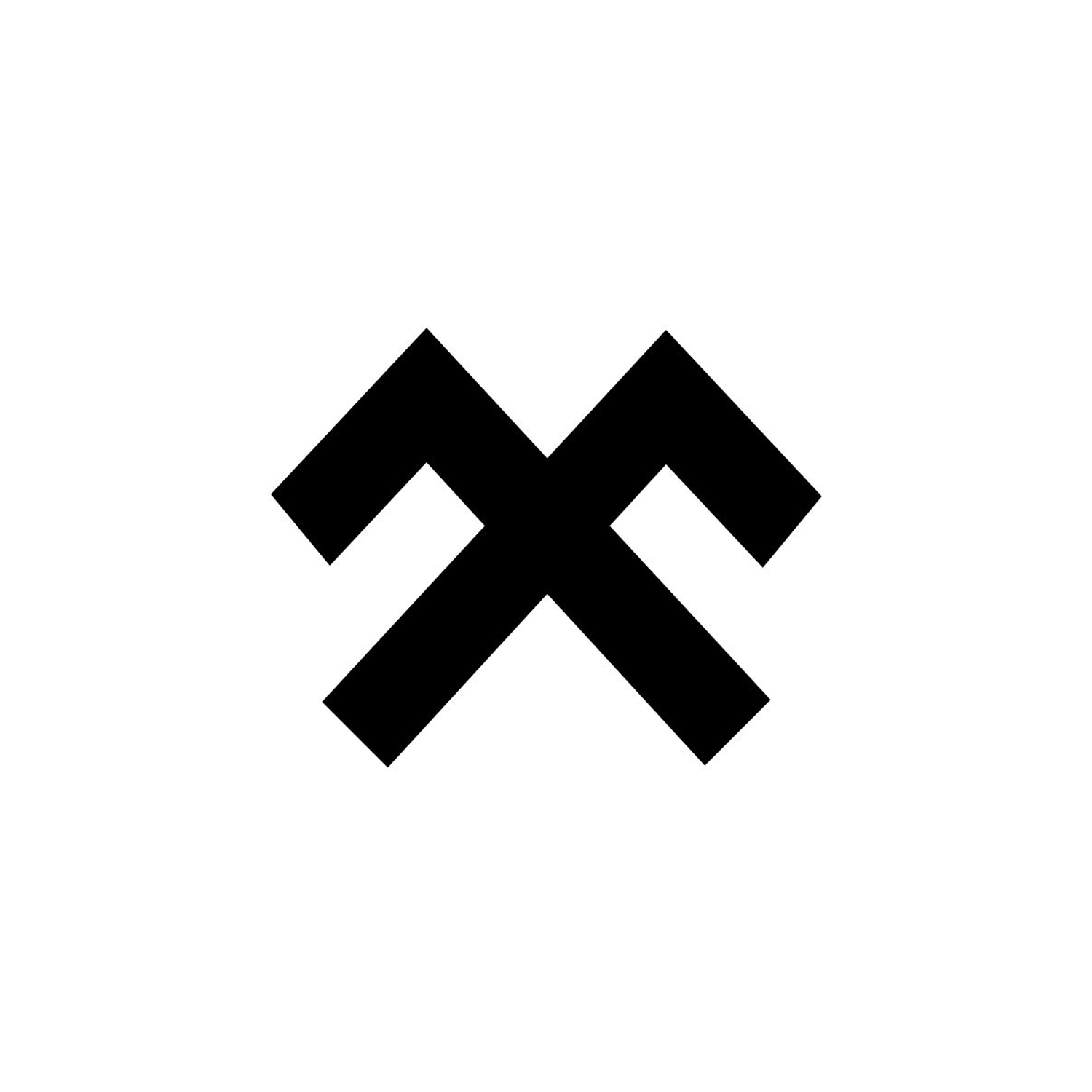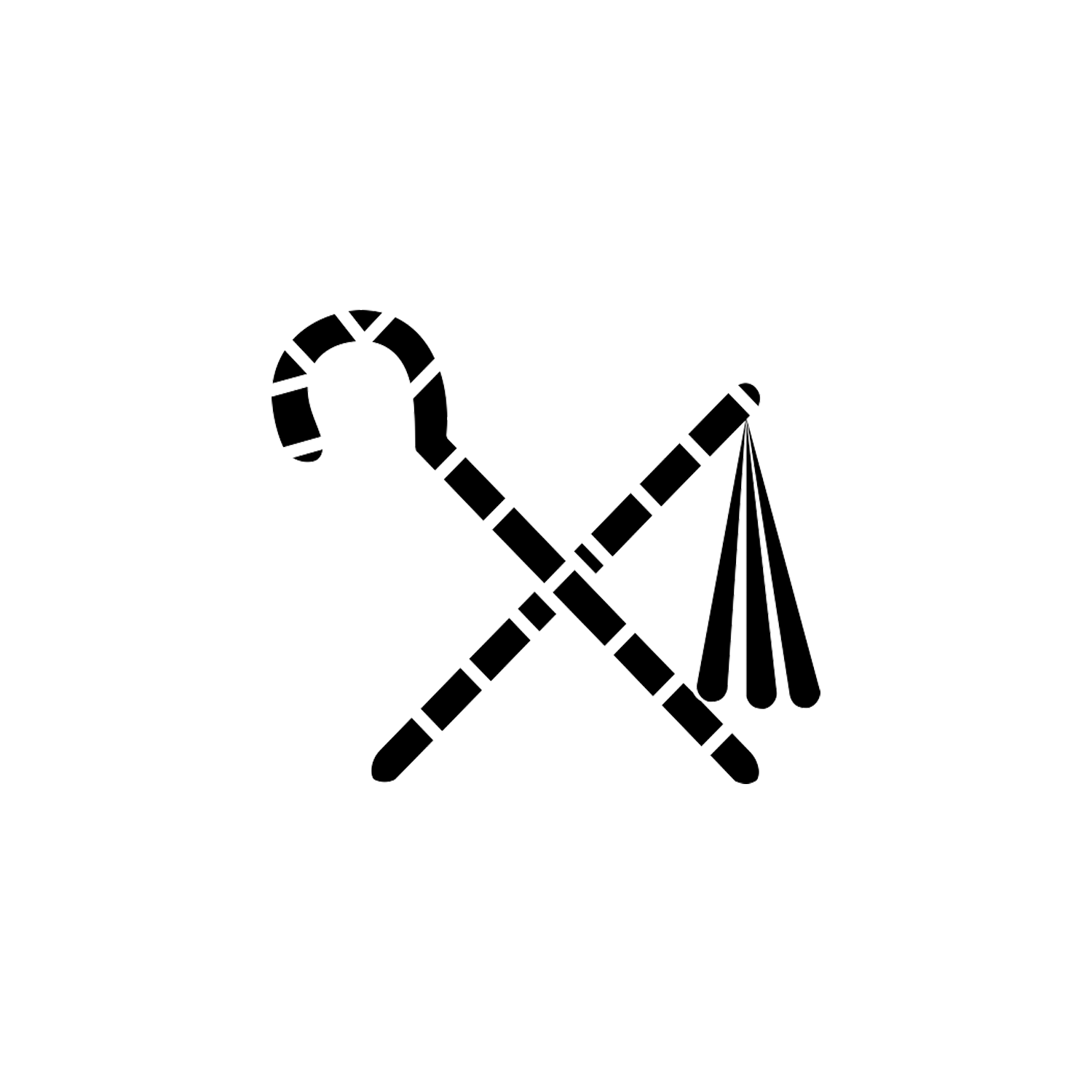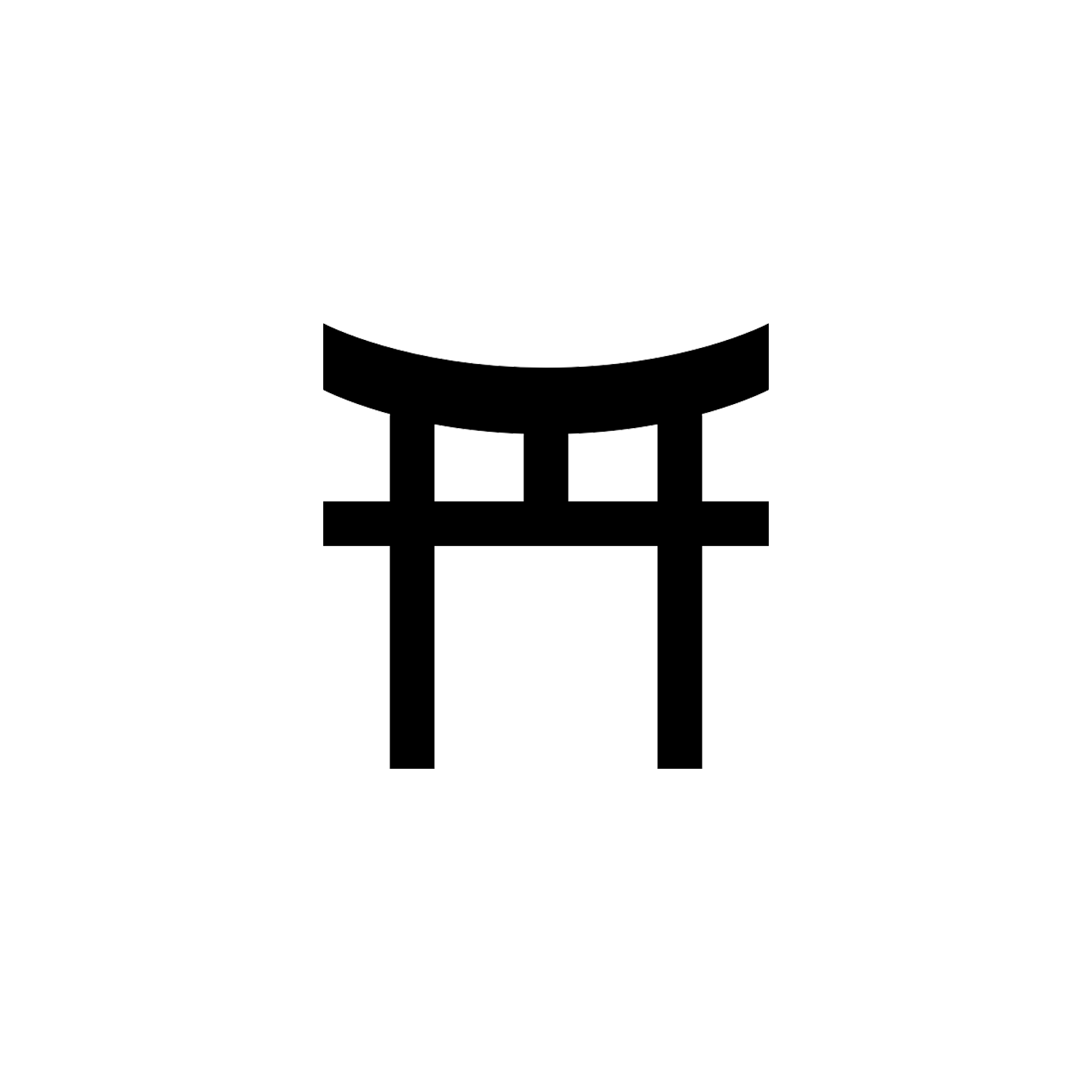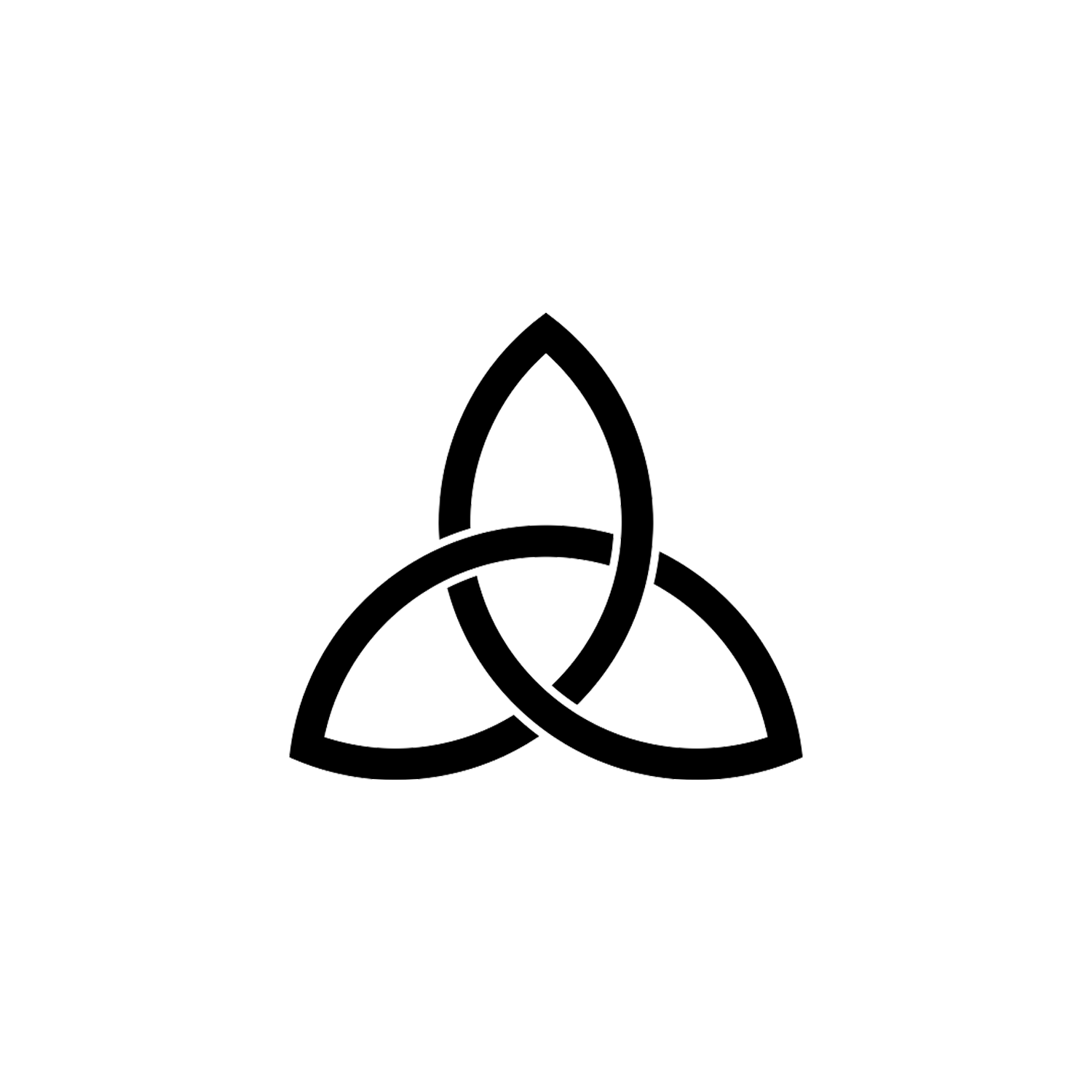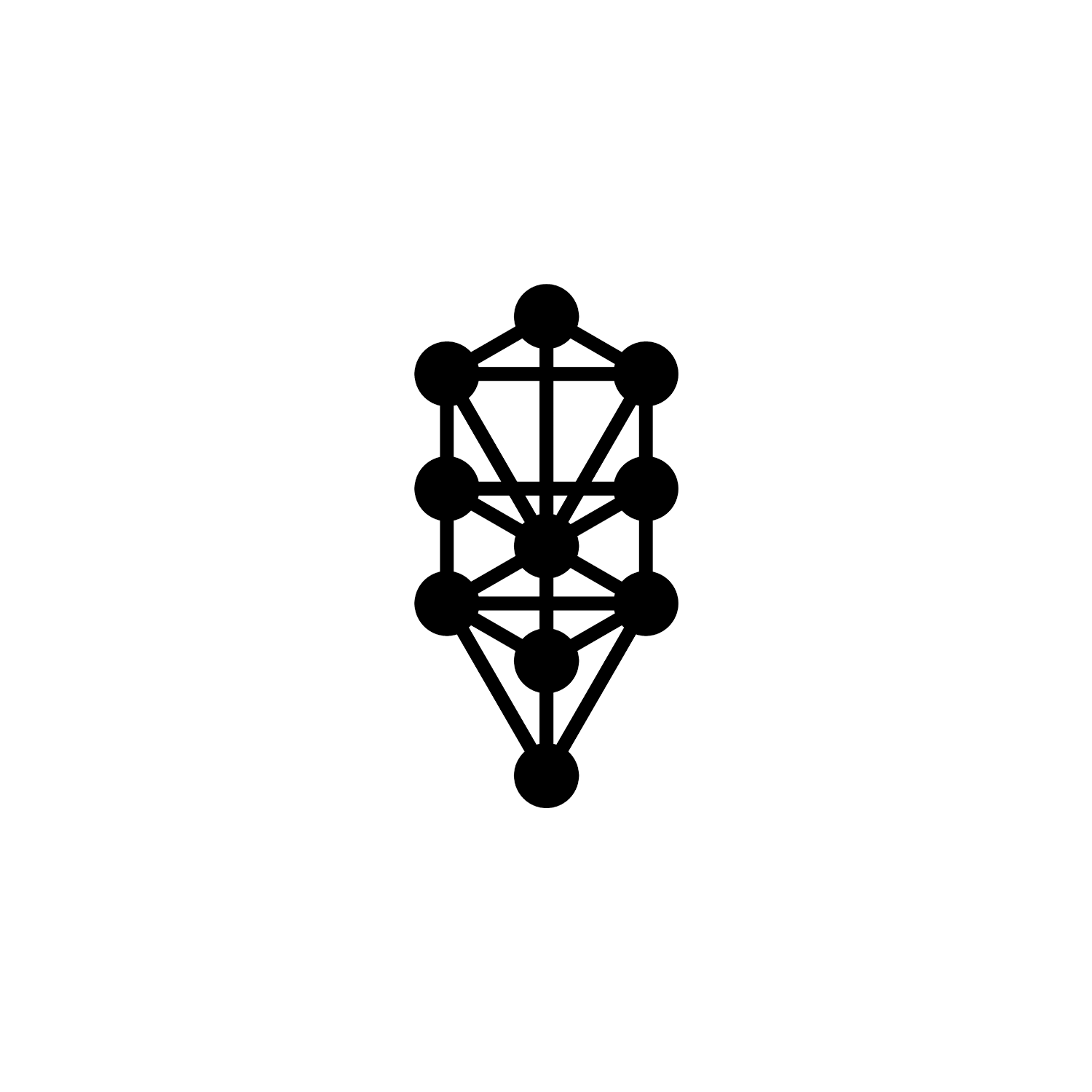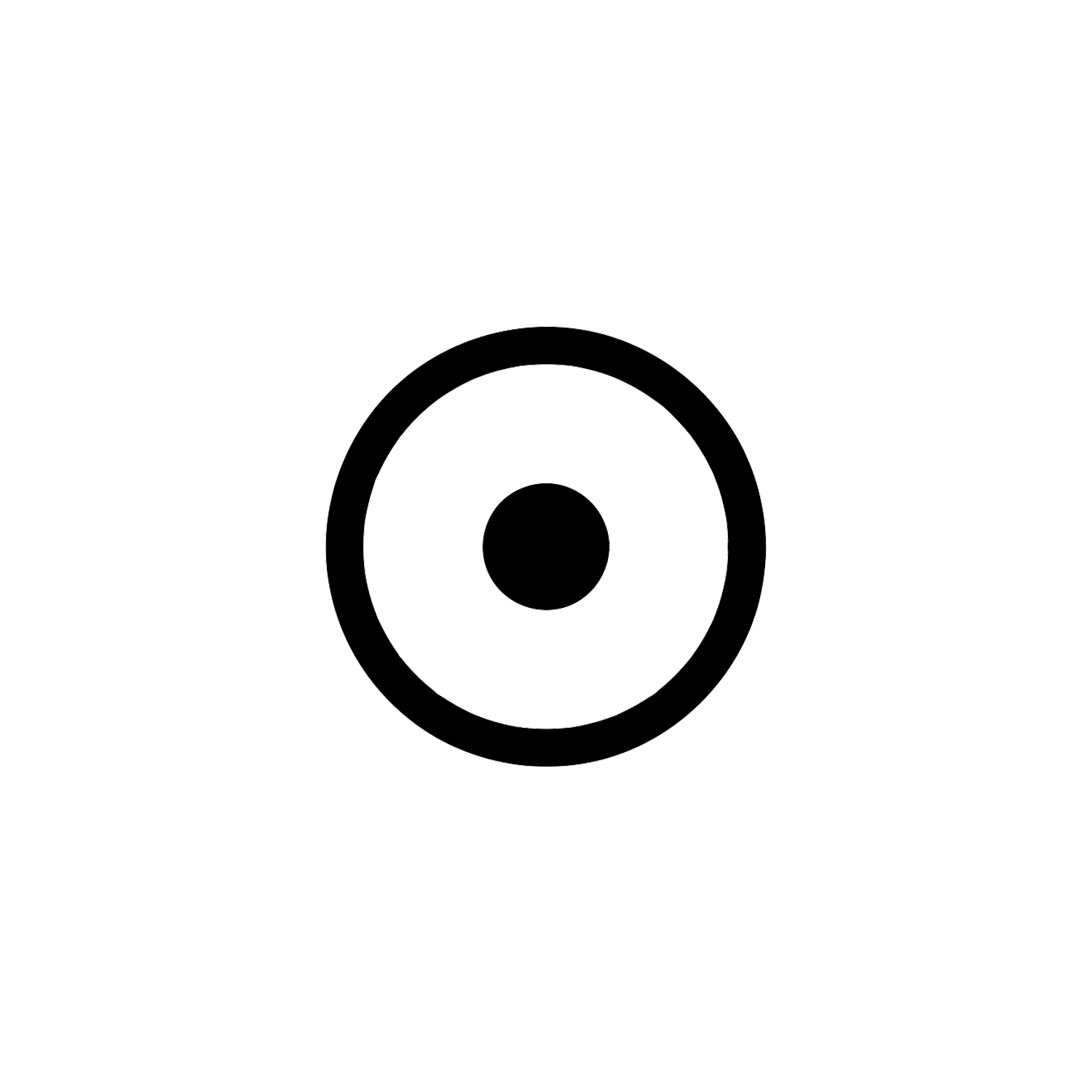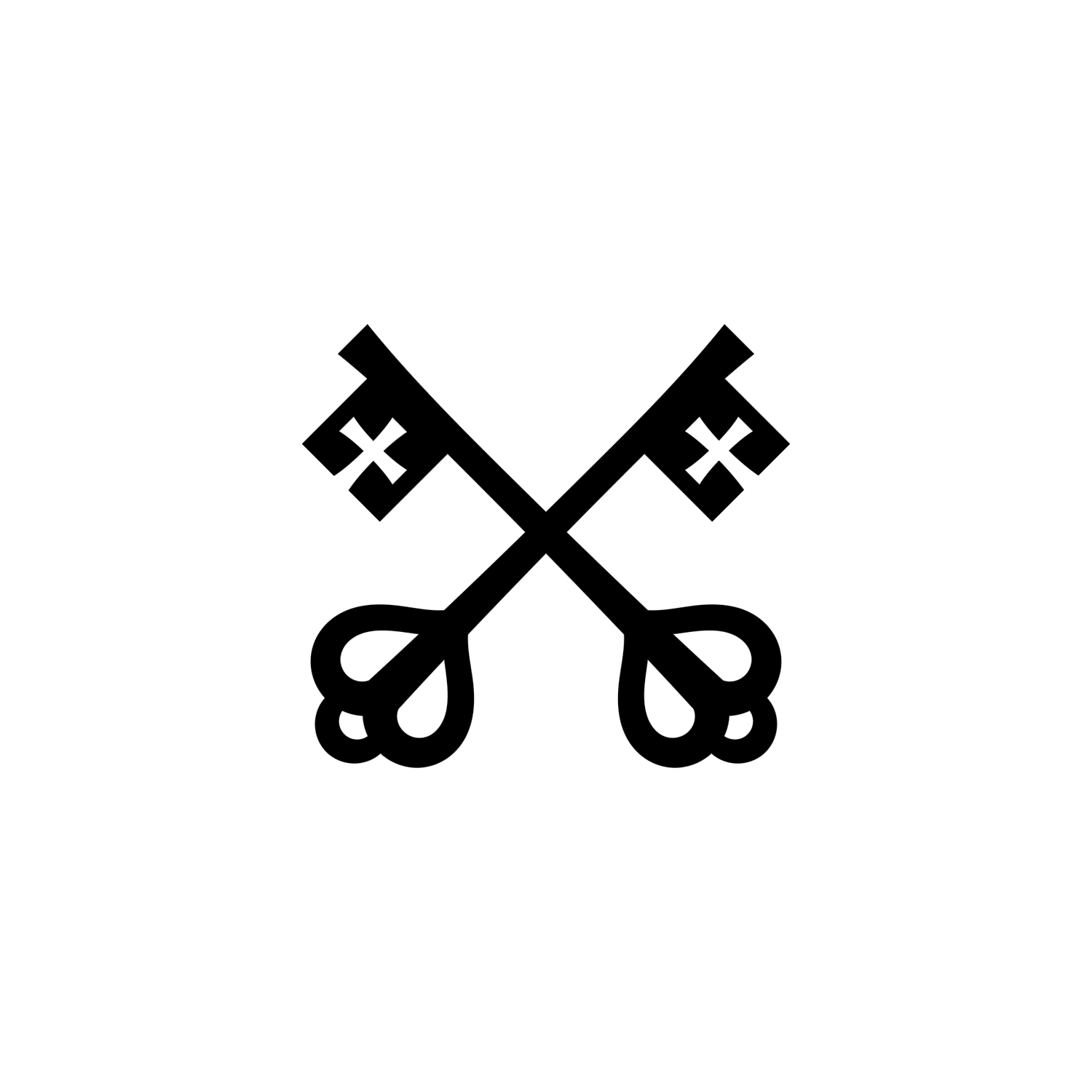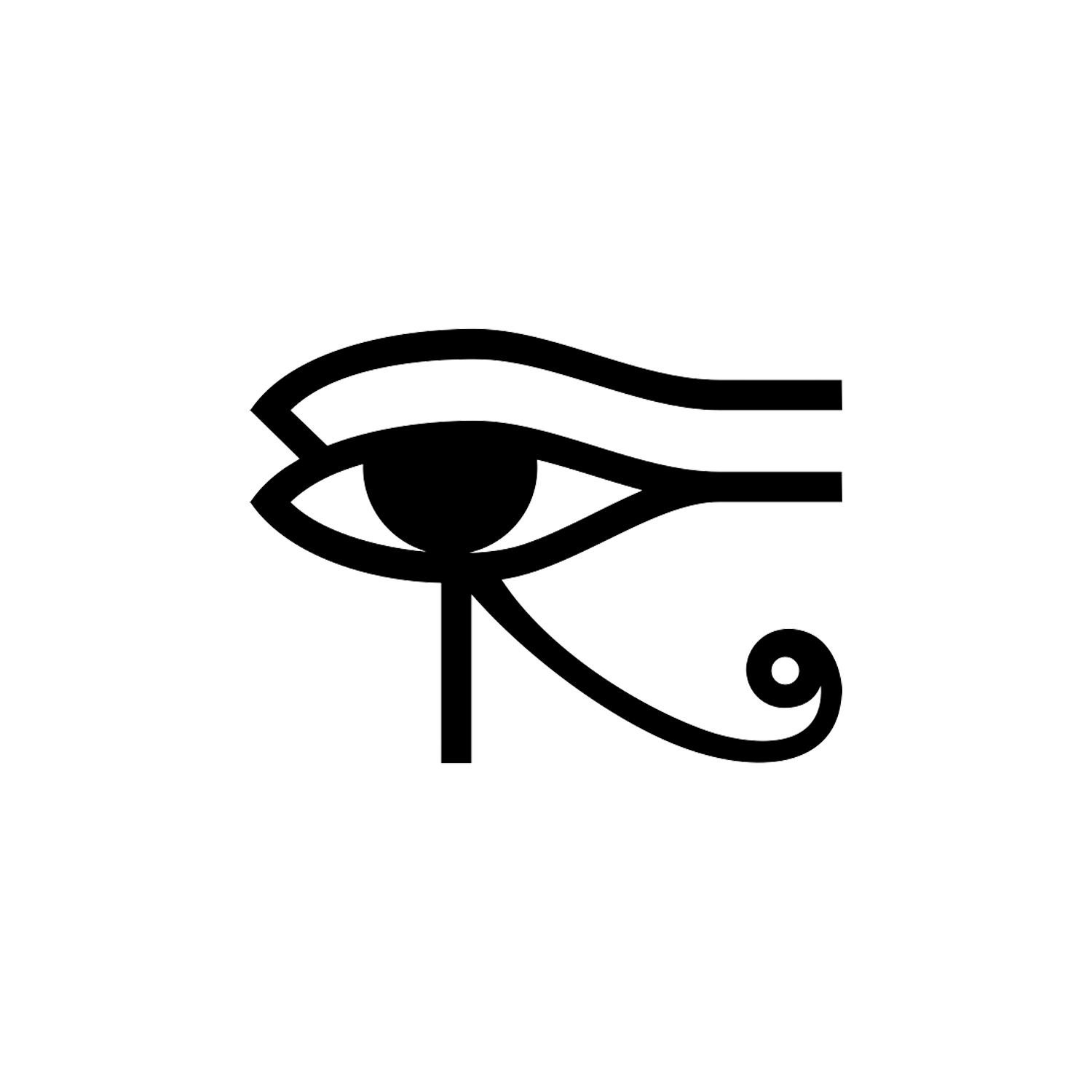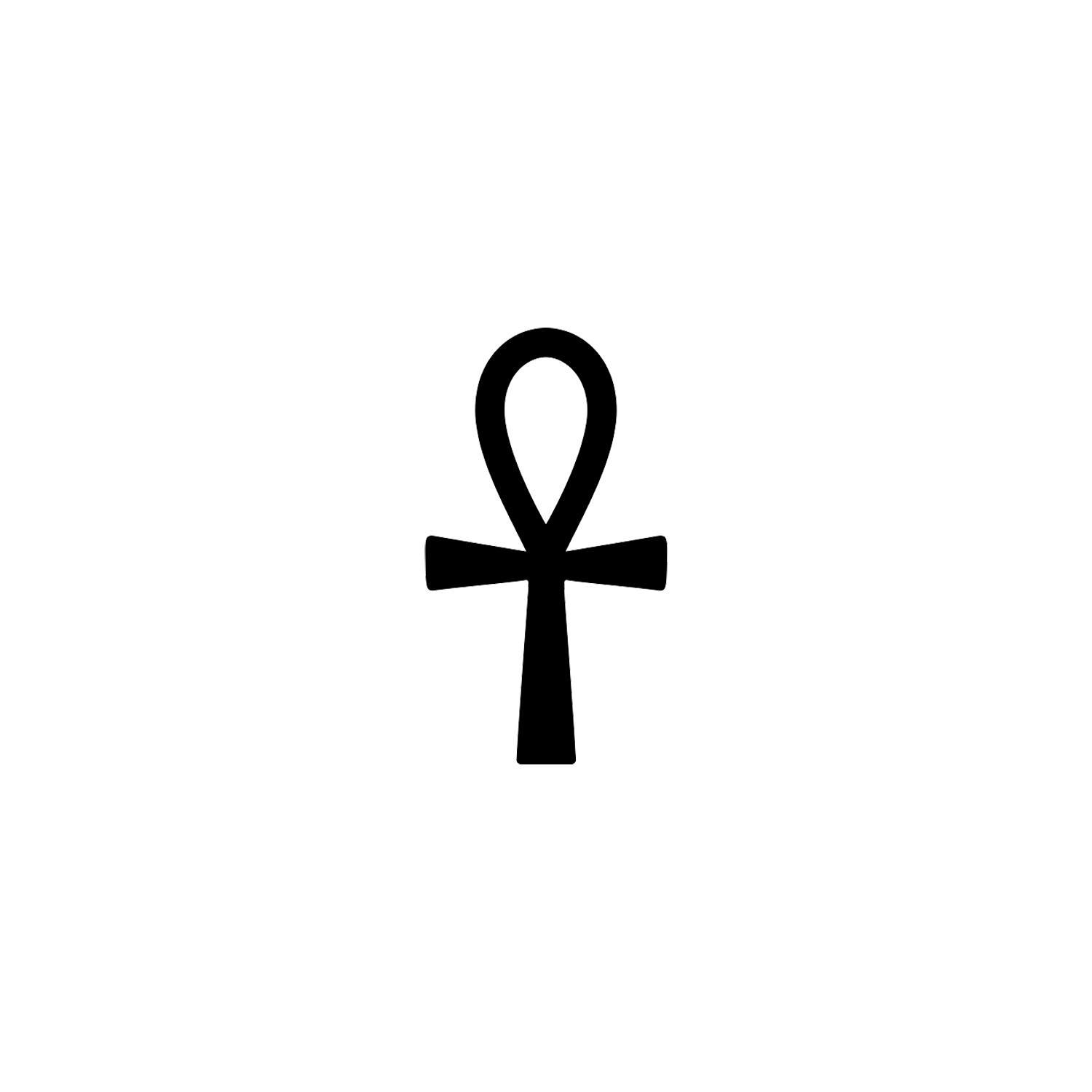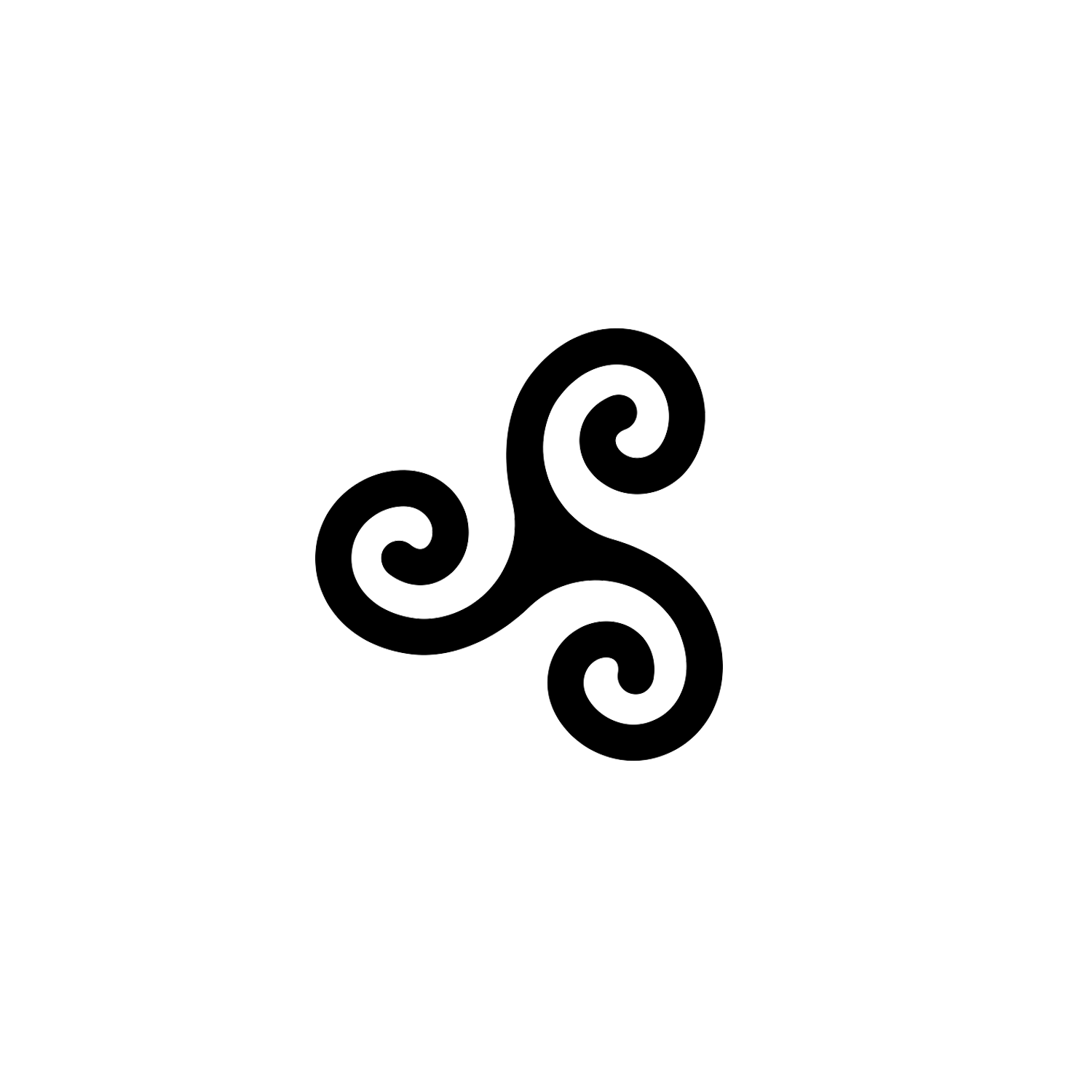Trishula
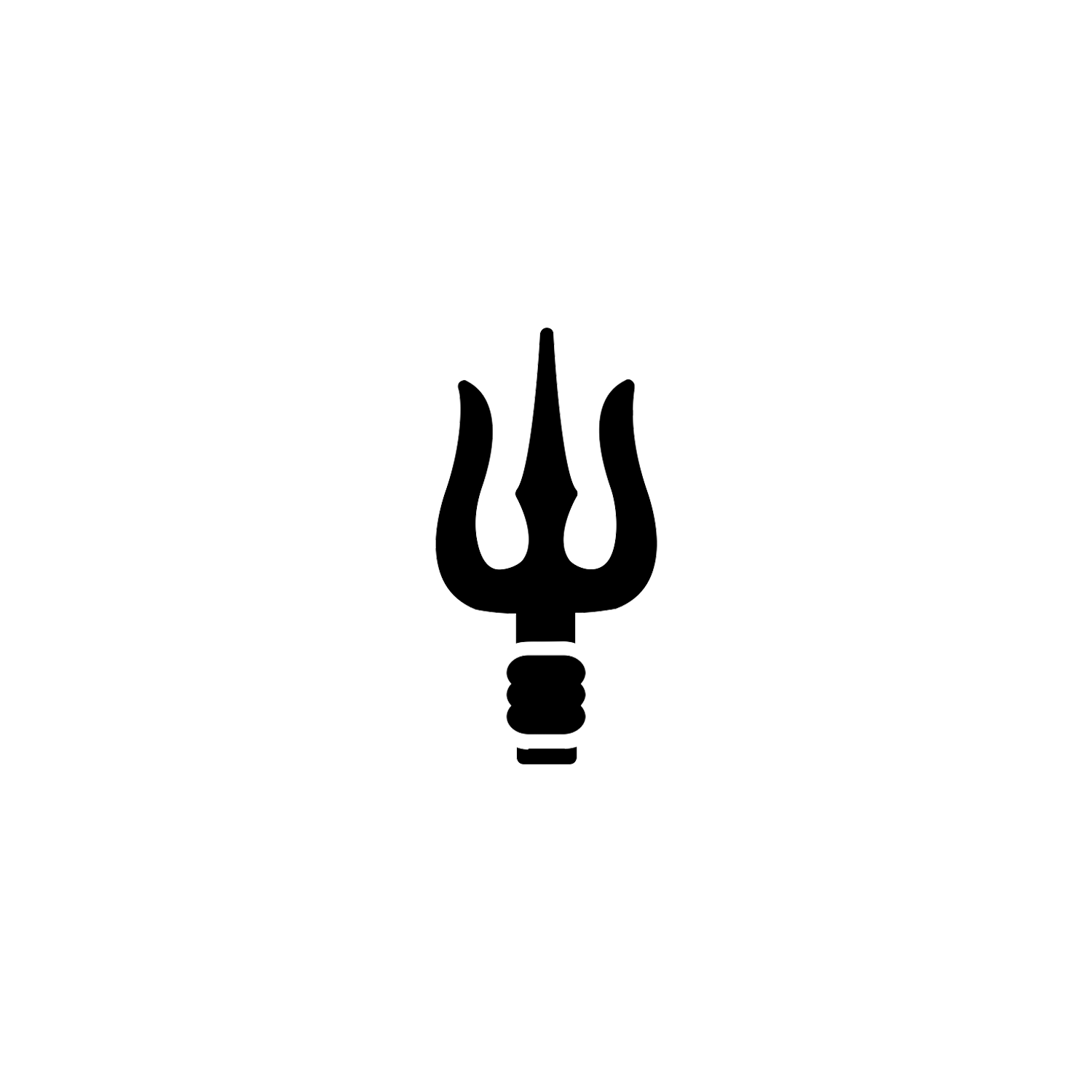

Trishula
Also known as Thor's Hammer.
Overview
The trishula (Sanskrit: त्रिशूल, romanized: triśūla) is a trident, a divine symbol, commonly used as one of the principal symbols in Hinduism.[1] It is most commonly associated with the deity Shiva and widely employed in his iconography.[2]
Origin and Meaning
The name trishula ultimately derives from the Sanskrit word त्रिशूल (triśūla), from त्रि (trí), meaning “three”, and शूल (śū́la), meaning “a sharp iron pin or stake”, referring in this case to the weapon’s three prongs.[3]
The trishula has a number of interpretations in Hindu belief. The three points of the weapon have various meanings and significance have many stories behind them.
They are commonly said to represent various trinities: creation, preservation, and destruction; past, present, and future; body, mind and atman; dharma (law and order), bliss/mutual enjoyment and emanation/created bodies; compassion, joy and love; spiritual, psychic and relative; happiness, comfort and boredom; pride, repute and egotism; clarity, knowledge and wisdom; heaven, mind and earth; soul, fire and earth; soul, passion and embodied-soul; logic, passion and faith; prayer, manifestation and sublime; insight, serenity and bodhisattvahood or arhatship (anti-conceit); practice, understanding and wisdom; death, ascension and resurrection; creation, order and destruction; the three gunas: sattva, rajas, and tamas.[4][5]

According to the Shiva Purana, Shiva is svayambhu, self-created, born of his volitions. He is described to bear a trishula from the very beginning of creation.
According to the Skanda Purana, Shiva employed the trishula to behead Ganesha, who refused to allow him passage and visit the bathing Parvati.[6]
According to the Vishnu Purana, the sun god Surya married Sanjna, the daughter of the divine architect Vishvakarma. Unable to bear his brilliance, Sanjna brought this issue to her father, who arranged for his energy to be reduced to one-eighth of its previous intensity. The blazing energy descended towards the ground, used by Vishvakarma to create the trishula for Shiva, the Sudarshana Chakra for Vishnu, a palanquin for Kubera, the lance for Kartikeya, and all the other weapons of the gods.[7][8]
According to the Devi Bhagavata Purana, the goddess Durga holds a trishula among other weapons and attributes in her hands and amongst her accouterment, having received celestial weapons from both Shiva and Vishnu.[9]
In Nepal and Thailand, the term also often refers to a short-handled weapon which may be mounted on a daṇḍa “staff”. Unlike the Okinawan sai, the trishula is often bladed. In Indonesian, trisula usually refers specifically to a long-handled trident, while the diminutive version is more commonly known as a cabang or tekpi. A similar word, ”trushul”, is the Romani word for ‘cross’ specifically referring to the cross Jesus was crucified on.

The Symbol
There are many ideas about what the trishula of Shiva symbolizes. However, some are accepted more than the rest.
According to one belief, the three stakes of the Shiva’s Trishul represent the holy Trinity of the Hindu religion. They stand as symbols of Brahma, the creator of the universe; Vishnu, who is revered as the preserver of the universe; and Lord Shiva, the destroyer of the universe.
Since Shiva is also called the master of the three time periods, trikaal, his trident represents the past, present, and future.
As per another belief, the Shiva trident is also symbolic of the three qualities of humans in the physical world — Sattva (positive attributes like purity and enlightenment), Tamas (traits like ignorance and intoxication), and Rajas (qualities like attachment and desire). Lord Shiva is considered to be above all these traits.
Another popular idea is that the three stakes of the Shiva trishul symbolize the three nadis or the channels of energy in the human body — the left nadi, the central nadi, and the right nadi.

Conclusion
Trishula or Trishul is a trident, a divine symbol, commonly used as one of the principal symbols in Hinduism. In India and Thailand, the term also often refers to a short-handled weapon which may be mounted on a danda or staff. But unlike the Okinawan sai, the trishula is often bladed. In Malay (including Malaysian and Indonesian), trisula usually refers specifically to a long-handled trident while the diminutive version is more commonly known as a chabang or tekpi.
The trident is a symbol used in many mythological and religious contexts, this article concerns the Trishula in the Hindu sphere specifically. For more information on the trident symbol and its meaning, refer to this article.
[1] Rysdyk, Evelyn C. (2019-02-20). The Nepalese Shamanic Path: Practices for Negotiating the Spirit World. Schuster. ISBN 978-1-62055-795-2.
[2] Blurton, T. Richard (1993). Hindu Art. Harvard University Press. p. 94. ISBN 978-0-674-39189-5.
[3] Monier–Williams, M. A. (1872). A Sanskrit-English Dictionary: Etymologically and Philologically Arranged. London: MacMillan and Co., Publishers to the University, and W. H. Allen and Co.
[4] Issitt, Micah; Main, Carlyn (2014-09-16). Hidden Religion: The Greatest Mysteries and Symbols of the World's Religious Beliefs. Bloomsbury Publishing USA. p. 168. ISBN 978-1-61069-478-0.
[5] Rosen, Richard (2022-12-06). Yoga by the Numbers: The Sacred and Symbolic in Yoga Philosophy and Practice. Shambhala Publications. p. 49. ISBN 978-0-8348-4480-3.
[6] Knapp, Stephen (2008-05-29). Seeing Spiritual India: A Guide to Temples, Holy Sites, Festivals and Traditions. iUniverse. p. 746. ISBN 978-0-595-61452-3.
[7] Debroy, Bibek (2022-06-30). Vishnu Purana. Penguin Random House India Private Limited. p. 167. ISBN 978-93-5492-661-7.
[8] Dalal, Roshen (2014-04-18). Hinduism: An Alphabetical Guide. Penguin UK. p. 1369. ISBN 978-81-8475-277-9.
[9] Gupta, Subhadra Sen (2001). Devi-devata: The Gods & Goddesses of India. Rupa & Company. p. 176. ISBN 978-81-7167-530-2.
Latest Symbols
Monthly Digest
A summary of symbols for the month in a quick read format straight to your inbox.

